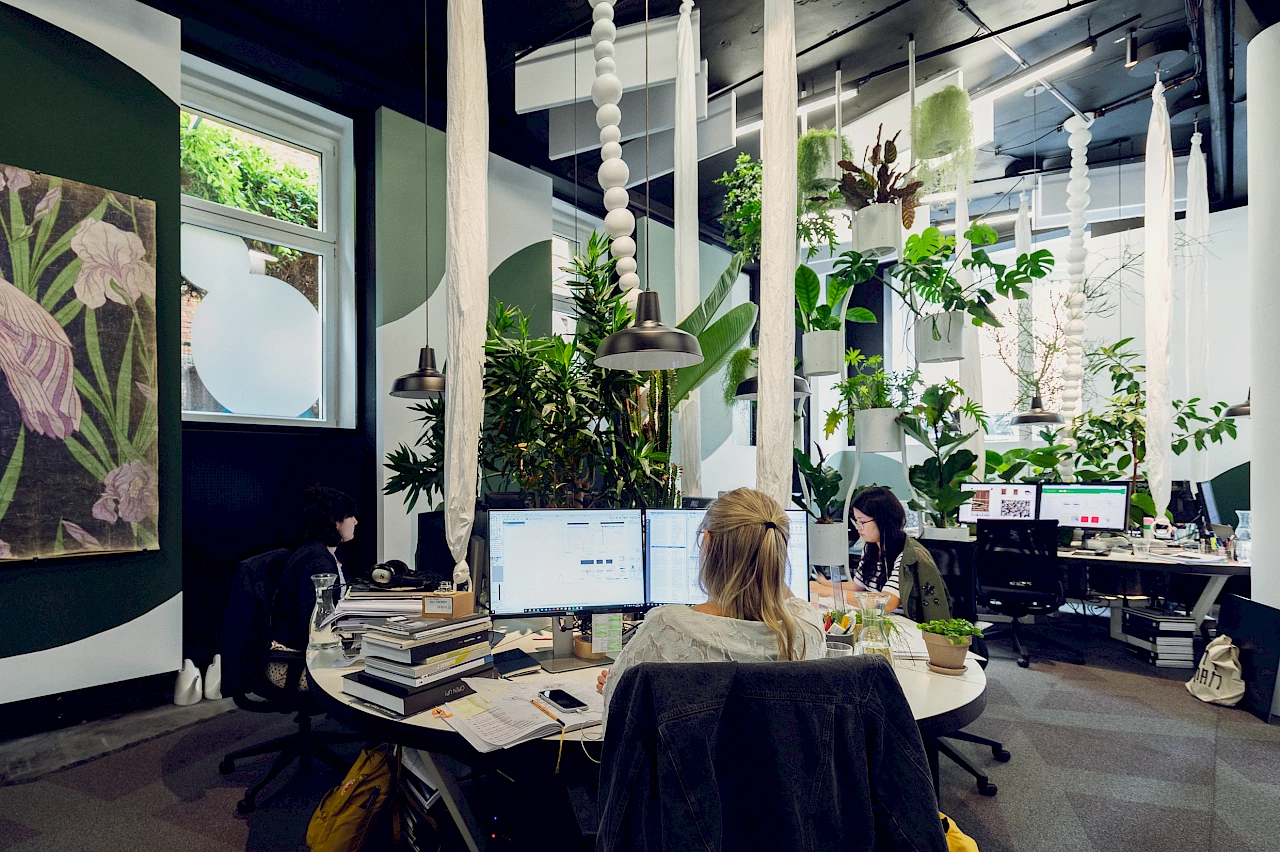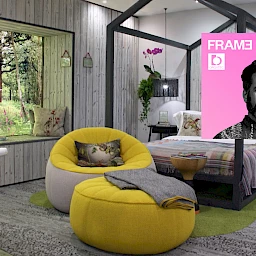Nature has a positive effect on human well-being. Biophilic design, i.e. the alignment of design elements with nature, has become a popular design concept for workplaces.
Biophilic design and the integration of nature into offices has become more important over the last years. Research shows that biophilic elements have a positive impact on productivity, creativity and the perception of stress. The biophilia concept cannot be implemented for every office early on in the planning stage. Today we offer some tips for the later integration of biophilic design elements into workspaces:
TIPS FOR MORE BIOPHILIA IN THE OFFICE
-
Use natural colours such as green or earthy tones.
-
Use natural materials such as wood or natural stone.
-
Have a variety of plants. Ideally, have areas where employees can gaze far into a green vista.
-
In your spatial design, emphasise curved organic forms instead of right angles and straight edges. Use decorative elements made of stone or wood in natural shapes.
-
Create opportunities to go outdoors, for example by means of balconies or interior courtyards with plants. Alternatively, interior walls can also be covered with greenery.
-
If possible, make sure there is daylight and fresh air in the offices. Well-lit spaces help to create a sense of well-being.
-
Take water-related elements into account in your office planning.
-
Create spaces where employees can retreat and regenerate.
-
Stimulate the senses by means of diverse materials and structures and create variety.
-
Create different areas such as quiet spaces, communication zones, creativity spaces etc.






